Gran Piatto - Junghwasan Branch(그랑삐아또 중화산)
4.9Km 2024-10-15
356, Seowon-ro, Wansan-gu, Jeonju-si, Jeonbuk-do
+82-63-288-0066
A place where you can enjoy various Western dishes. This Western dishes restaurant is located in Jeonju-si, Jeollabuk-do. The most famous menu is wood-fired pizza.
Calle del Cine de Jeonju (전주 영화의 거리)
5.0Km 2024-05-14
Gosa-dong, Wansan-gu, Jeonju-si, Jeonbuk-do
Cine Independiente Digital de Jeonju (전주디지털독립영화관)
5.1Km 2024-10-22
Gosa-dong 429-5, Wansan-gu, Jeonju-si, Jeonbuk-do
Calle Gaeksa-gil (객사길)
5.2Km 2024-04-06
Jungang-dong 2-ga 10-1, Wansan-gu, Jeonju-si, Jeonbuk-do
Pungpaejigwan de Jeonju (전주 풍패지관 (전주객사))
5.2Km 2024-05-14
Chunggyeong-ro 59, Wansan-gu, Jeonju-si, Jeonbuk-do
Festival Internacional de la Industria del Hanji de Jeonju (전주국제한지산업대전)
5.3Km 2024-12-03
Hyeonmu 1-gil 20, Wansan-gu, Jeonju-si, Jeonbuk-do
063-281-1573
Este festival tiene la visión de enfocar la utilidad del papel tradicional coreano hanji en la vida cotidiana y, de esta manera, lograr su comercialización, reunir las estrategias para su desarrollo sistematizado y asentar las bases para convertirlo en uno de los productos estratégicos principales de Corea.
Museo de Historia de Jeonju (전주역사박물관)
5.3Km 2024-04-07
Ssukgogae-ro 259, Wansan-gu, Jeonju-si, Jeonbuk-do.
El Museo de Historia de Jeonju se fundó en el año 2002 para hacer llegar al público la larga y fascinante historia de Corea. Este museo está dividido en diferentes áreas de exposiciones y está abierto permanentemente.
La primera exposición es la de la Revolución Agraria Donghak (levantamiento del año 1894 contra los intentos de colonización japonesa). Este suceso cumplió un papel muy importante en el desarrollo de la ciudad de Jeonju. La segunda área de exposición está dedicada a las milicias movilizadas. También hay un área especial dedicada al Movimiento por la Independencia contra el imperio japonés. Hay muchas otras exposiciones con los temas claves y sucesos importantes de la historia de Corea.
Blueboat guest house Jeonju [Korea Quality] / 블루보트게스트하우스 전주점 [한국관광 품질인증]
5.4Km 2024-04-07
2nd floor, 75, Chunggyeong-ro, Wansan-gu, Jeonju-si, Jeonbuk-do
+82-10-6545-9049
'Blueboat Hostel Jeonju is one of guesthouses of the 'The Guest House' chain in Busan, Seoul, and Gyeongju. Blueboat Hostel Jeonju opened in April 2016 in Gyeongwon-dong, Jeonju-si, which is only 10 minutes away from Gyeonggijeon Shrine on foot. A number of other popular tourist destinations including Jeonju Hanok Village, Jeongdong Cathedral, and Nammun Market are also within walking distance. The hostel has seven guestrooms furnished with steel frame beds. The bathrooms and kitchen are shared among the guests, and there is a television in the kitchen. The rooms have a trendy interior design because it's mostly visited by young tourists. The guesthouse is just like one of those you can find in other countries, except cleaner.
Museo Nacional de Jeonju (국립전주박물관)
5.4Km 2024-10-15
Ssukgogae-ro 249, Wansan-gu, Jeonju-si, Jeonbuk-do.
Fue inaugurado en el año 1990 y es un organismo perteneciente al Ministerio de Cultura, Deporte y Turismo. Colecciona y preserva los patrimonios culturales de Jeonbuk-do, y se dedica a las actividades académicas de investigación y exposición. Se esfuerza activamente para ser el centro de la cultura regional en los intercambios nacionales e internacionales. En noviembre del 2002 se abrió al público la sala de educación social, que es un espacio destinado a las actividades culturales participativas, permitiendo así la oportunidad de experimentar la cultura tradicional. El museo posee aproximadamente 30.000 reliquias del pasado, entre ellas se encuentran piezas encontradas en la región de Jeonbuk-do, pinturas budistas, vasijas de porcelana, artesanías en metal, pinturas y caligrafías, libros clásicos, etc., entre otros. Unas 1.300 piezas se encuentran expuestas permanentemente en 5 salas interiores y exteriores del museo. También tiene varias exhibiciones especiales relacionadas a la cultura regional de Jeonbuk-do. Además presenta varios eventos culturales y programas educativos, para que los visitantes puedan experimentar la historia en el museo.
Dong Nak Won / 동락원
5.5Km 2025-03-05
33-6, Eunhaeng-ro, Wansan-gu, Jeonju-si, Jeonbuk-do
+82-63-287-9300
Hanok Hotel Dongrakwon used to be a memorial hall for Missionary M. Junkin who worked in Jeonju in 1985, and had long been used as an official residence for the Bank of Korea. The 100-year-old Hanok retains the history and culture that modern hotels do not have. Since the renovation to make it a hanok hotel, it is now utilized as a space for traditional music performances, traditional weddings, or small weddings. The entire building can be rented for various gatherings, seminars, conferences, family events, and so on. The beauty of a hanok is found in every corner of Dongrakwon such as the wide lawn, the pond in front of Sarangchae, and the jar stand next to Anchae. The antique furniture and folding screen in the rooms have been used for generations, enabling guests of the hanok to time travel to 50-100 years ago.
The yard is a great place to play simple Korean traditional plays such as Jegichagi and Dakjichiji, whereas the free-of-charge red clay sauna will relieve fatigue. The outdoor hot / cold bath and sun bath site is a new addition to Dongrakwon.
There is a 600-year-old Ginkgo tree standing on the Eunhang-ro, where the accommodation is located. Opposite the alley is Donghak Revolution Memorial Exhibition Hall; Gyeonggijeon East Gate is 200m away. The hotel is close to Taejo-ro, the busiest street of Jeonju Hanok Village; neighboring Eunhang-ro, Choi Myeong Hee-gil, and Eojin-gil all retain the unique quietness and beauty of Hanok Village. It will be also nice to ride on the mountain bike that Dongrakwon offers free of charge in order for guests to visit corners of the Hanok Village, or ride along the Jeonjucheon Stream.
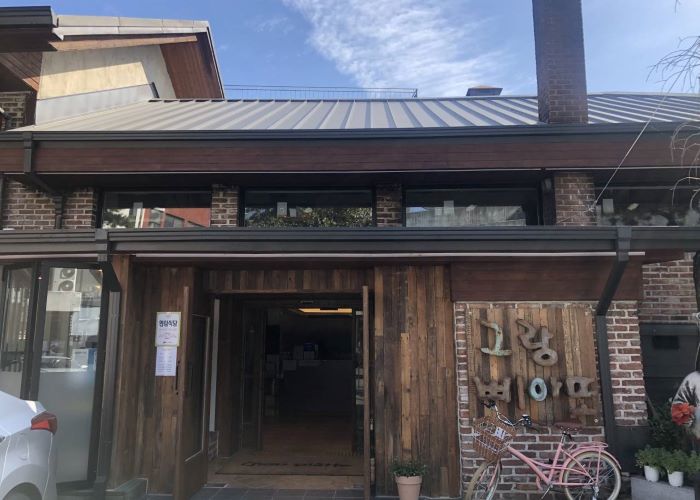
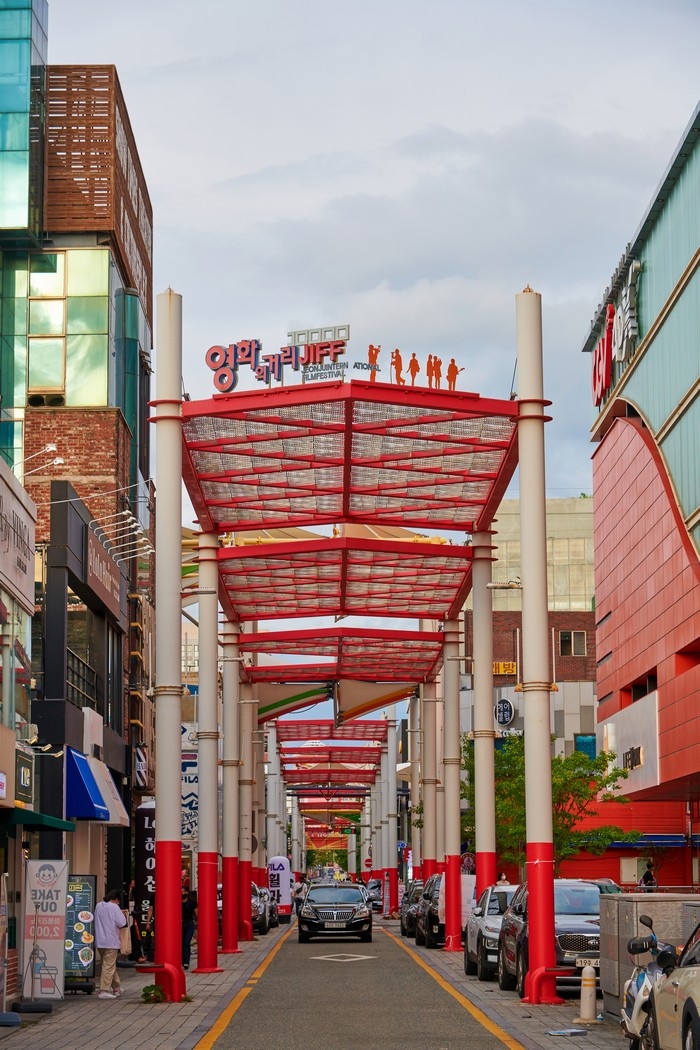
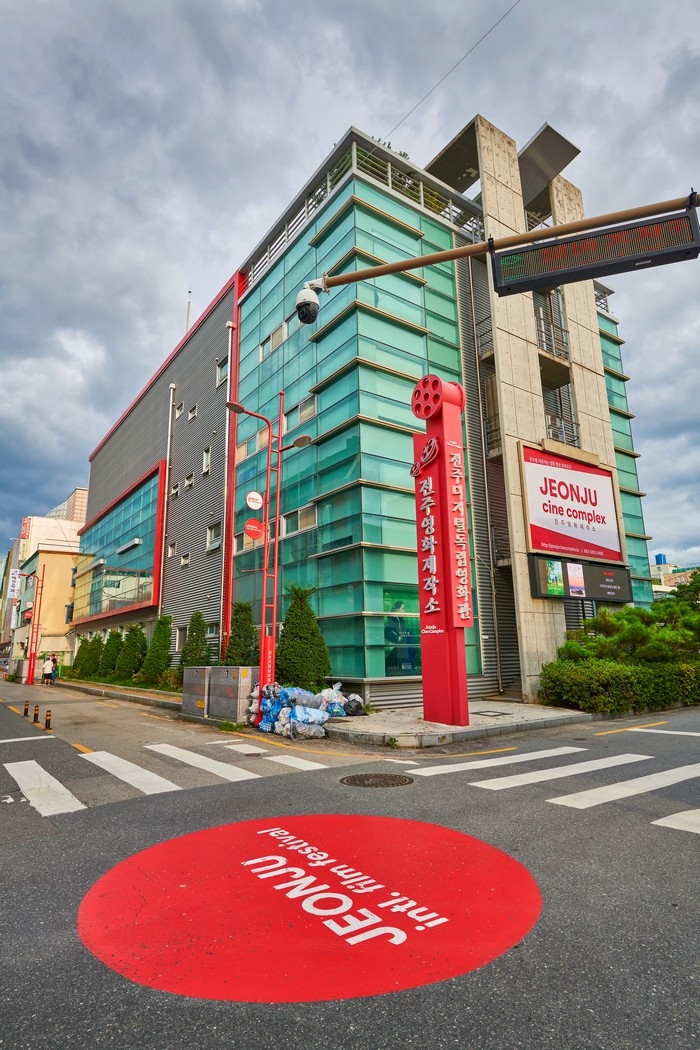

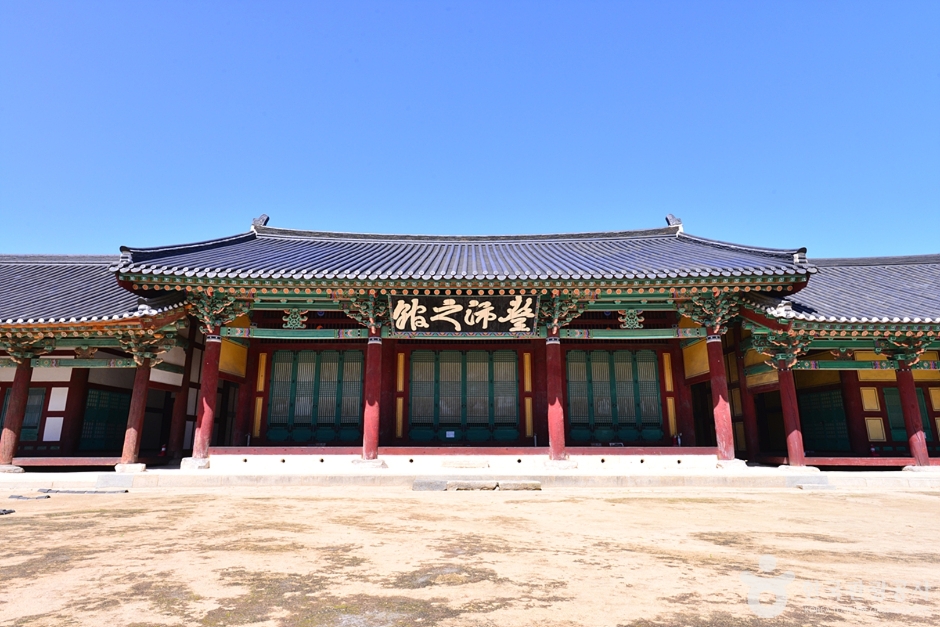
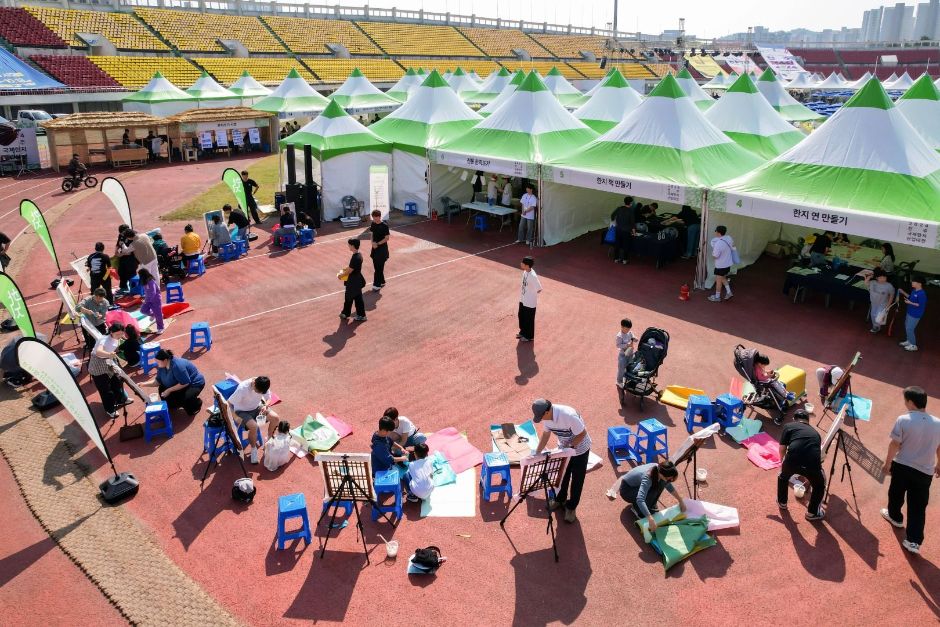
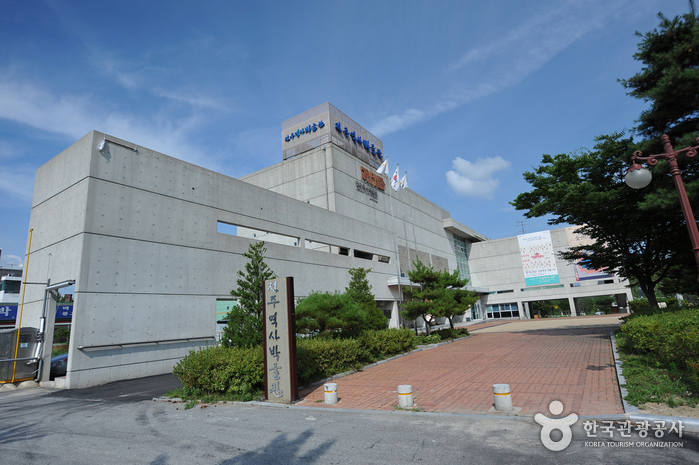
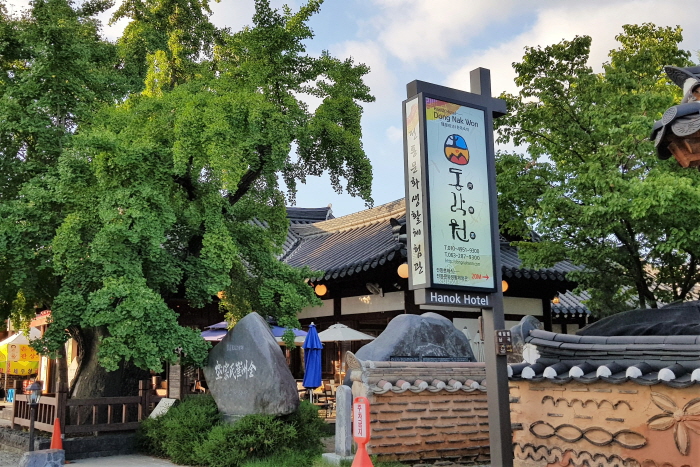
 Español
Español
 한국어
한국어 English
English 日本語
日本語 中文(简体)
中文(简体) Deutsch
Deutsch Français
Français Русский
Русский